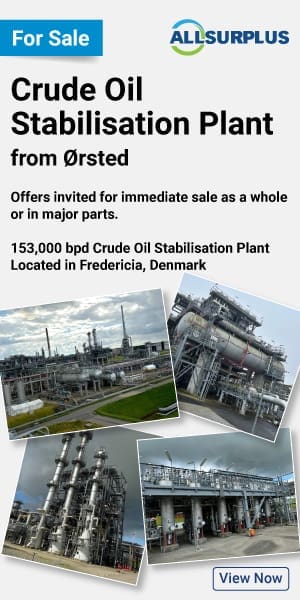Japan is universally renowned for its amazing engineering excellence across several sectors. That insurmountable engineering excellence has produced a truly astonishing achievement recently, when the Japan Engine Corporation announced it had completed the final factory trials of the world’s first ammonia-powered ship engine. The ammonia-powered engine was developed under the “Next-Generation Ship Development” of the Green Innovation Fund Project administered by the New Energy and Industrial Technology Development Organization (NEDO).
Japan has once again become a global leader in the renewable energy sector
Japan is the home of the weird and wonderful, so it comes as no surprise that it has developed the ammonia-powered ship engine, formally known as 7UEC50LSJA-HPSCR. During the initial testing period, which took place in August at the J-ENG’s factory, official test runs were conducted under the supervision of the following stakeholders:
- Nippon Yusen Kaisya (NYK Line)
- Nihon Shipyard Co., Ltd. (NSY)
- Japan Marine United Corporation (JMU)
- Nippon Kaiji Kyokai (ClassNK)
Nippon Kaiji Kyokai (ClassNK) certified the results of a series of performance verification tests in both ammonia fuel operation mode and heavy fuel oil operation mode as a dual-fuel engine. The tests confirmed the engine’s outstanding environmental performance and safety.
The engine is due to be shipped in October of this year and installed on an AFMGC (Ammonia-Fueled Medium Gas Carrier) being constructed by JMU Ariake Shipyard. That vessel that will use the innovative ammonia-powered engine is due to enter service in 2026.
The Japan Engine Corporation previously conducted an estimated 1,000 hours of test runs on a single-cylinder ammonia-fuel test engine at the Mitsubishi Heavy Industries Research & Development Center at Nagasaki between May 2023 and September 2024. They released a statement following the final tests being conducted.
“J-ENG is extremely pleased and proud to be able to deliver to customers ahead of the rest of the world this safe and reliable engine, the result of a meticulously planned, long-term development program that accumulated extensive operational data over an extended period.” – Japan Engine Corporation
Japan has shown the world what is possible in the renewable energy sector with some cooperative relationships
For any projects that require innovative processes, cooperation is key to ensuring success. We struggle to imagine a future where the nations of the world exist in perpetuity without the assistance of relevant stakeholders. As with all things, working in tandem with other nations can only benefit the population of all involved.
The energy sector can be proud of the role that it has played in developing a future without the need for significant reliance on fossil fuels. Ammonia and hydrogen projects have become immensely successful in recent years, thanks to renewed interest from the global community.
Driven by the need to develop innovative solutions to the world’s energy needs, the Japan Engine Corporation has developed something truly remarkable. It released a statement on its website that outlines its approach to the future of the sector.
“As a first mover in next-generation fuel engines, J-ENG will contribute to the development of Japan’s shipping and shipbuilding industries by promoting the early market introduction and widespread adoption of those engines, while also contributing to the reduction of GHG(greenhouse gas) emissions in the shipping industry and the realization of carbon neutrality by 2050.” – Japan Engine Corporation
Other Asian energy giants have made similar ground-breaking progress in the energy sector
The news that Japan has developed the first-ever ammonia-powered ship engine represents significant progress coming out of the East. China recently made history with its massive 500-MW electrolyzer project. As the world edges ever closer to the decarbonization of the energy sector, we can expect even more new and astonishing projects to be unveiled. Japan has made something that has the potential to completely revolutionize the energy and transport sectors, and the world could not be happier, well, at least most of it.





